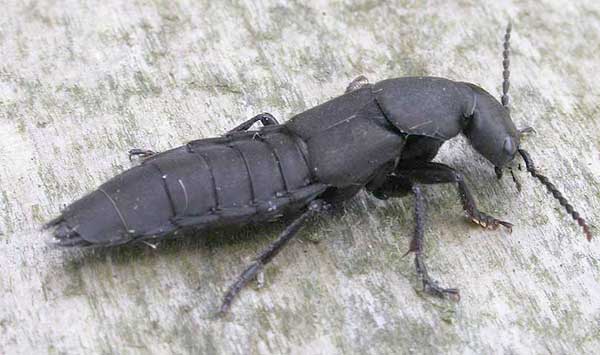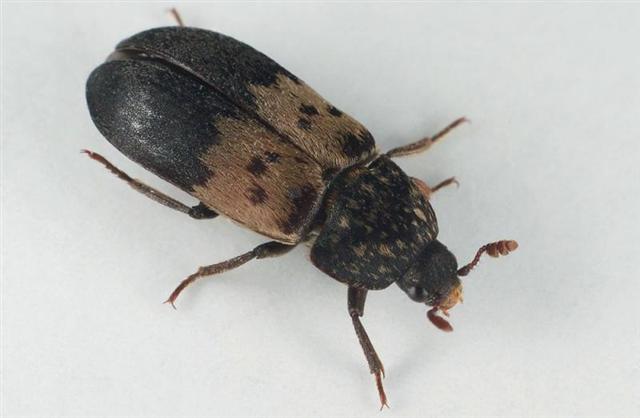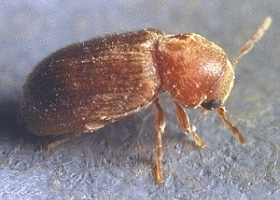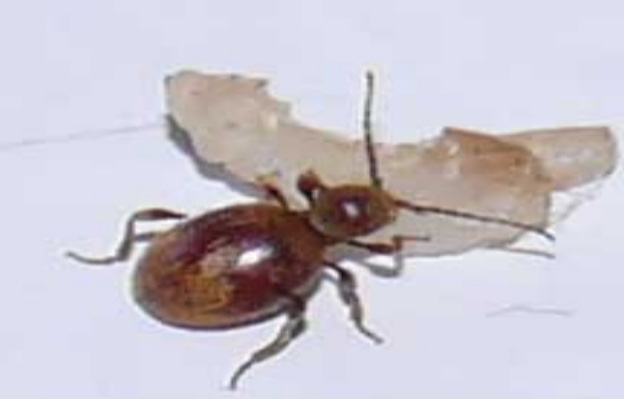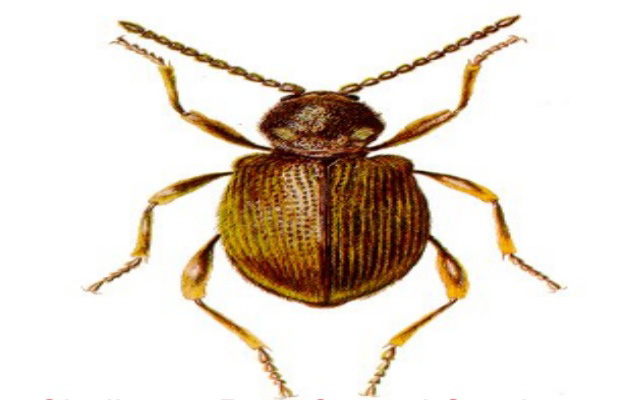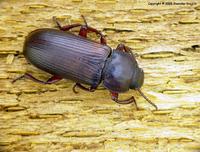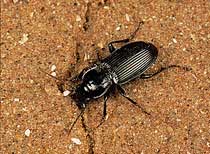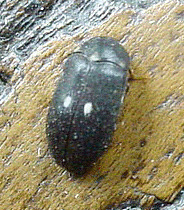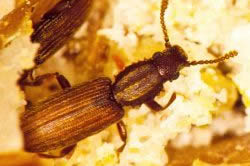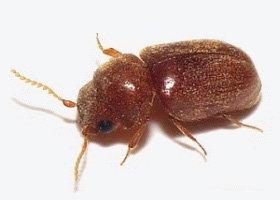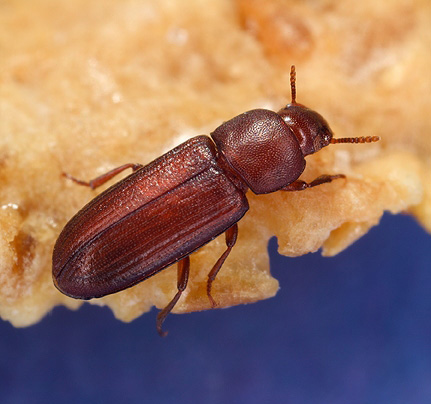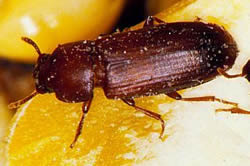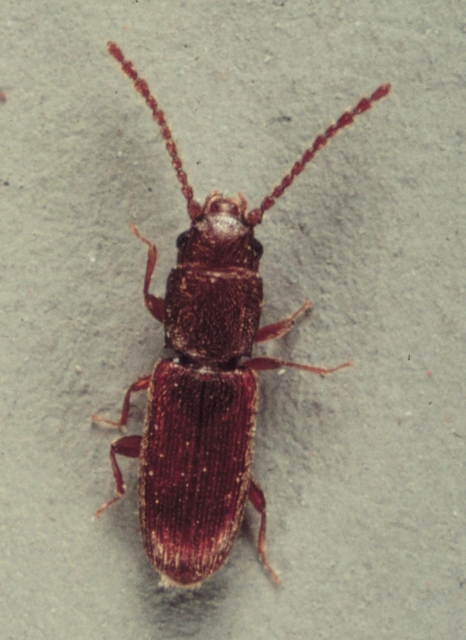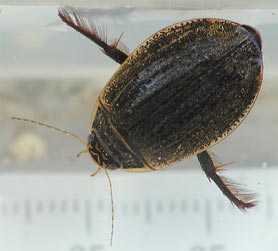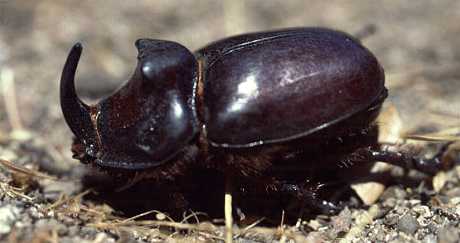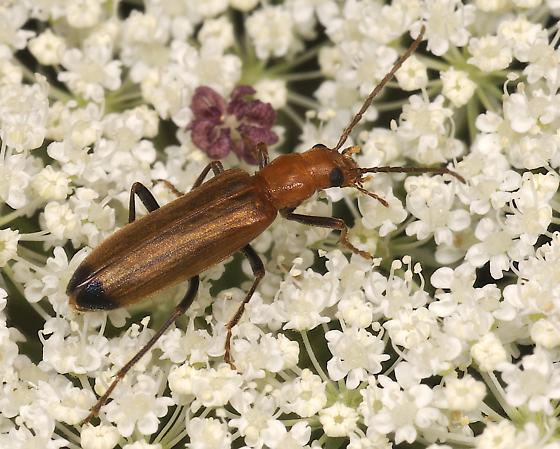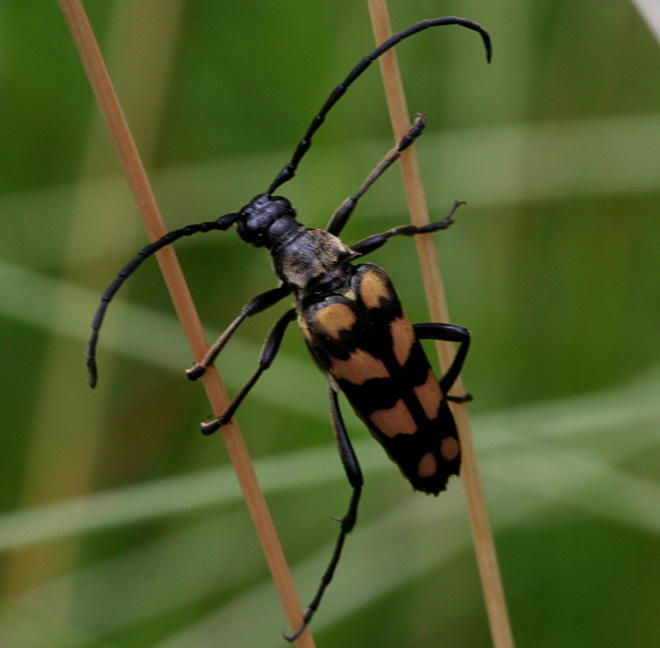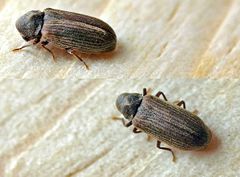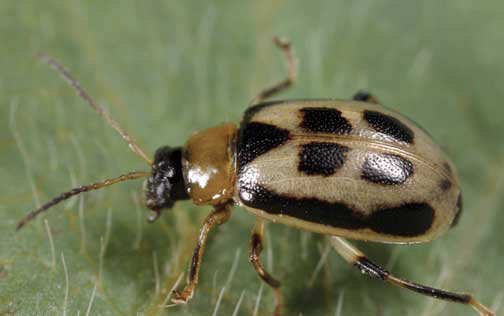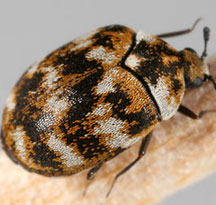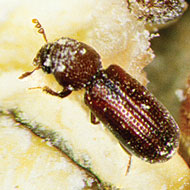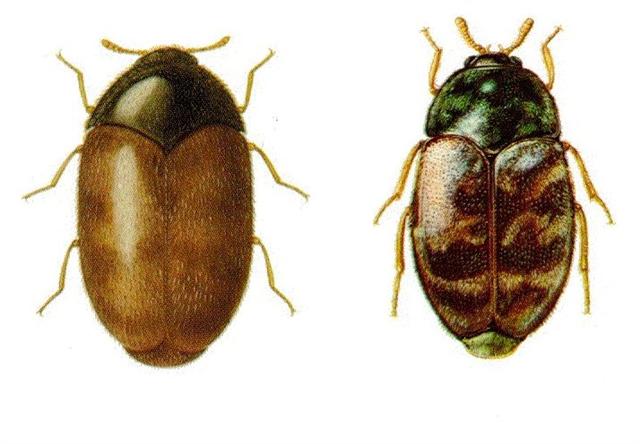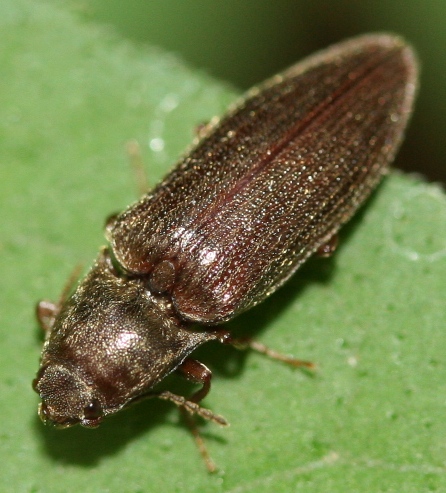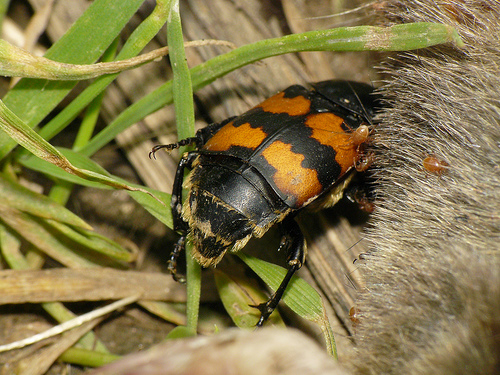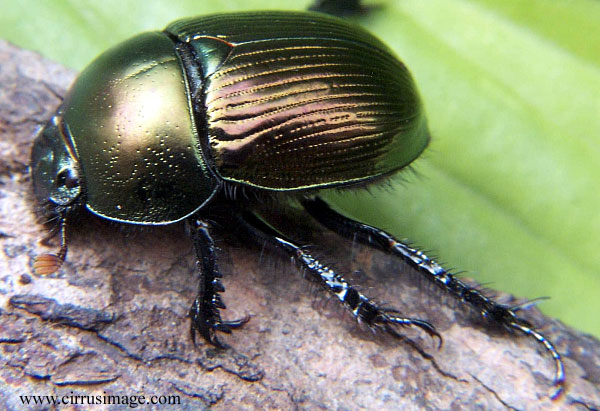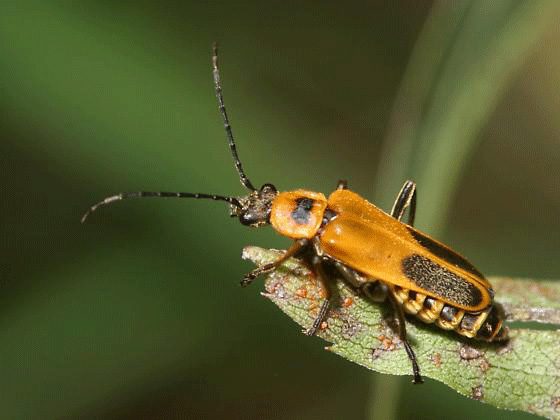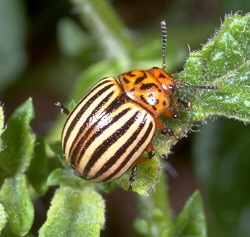ORDER: Coleoptera
FAMILY: Lucanidae
Stag beetles are fairly common in Southern England (including the London area), they are very “creature” looking, and will fly after dusk, this is one of the reasons you would find this rather mean looking beetle in your home and garden. These beetles have a place in history…They were known in ancient rome and was thought that the (mandibles) front pincers had magic powers, useless information i know, but just thought i’d put that in here. Anyhow the males mandibles are used mainly in battles or duels against other males simply to get the females, these duels can be quite dramatic. The female uses her mandibles for burrowing, even so handling either can result in a nasty nip which could puncture the skin, so be warned!
Size,Shape and Colour: The size and shape between male and female are different, and the male can range from 35-75mm in length and the female 30-40mm, the main reason for this difference in size is the exaggerated form of the males head and mandibles. The males head is almost as wide as the body, the antennae of stag beetles have 10 segments, of which the last 3-4 segments form a strong fan. The colour of these beetles are dark brown to black.
Biology: The stag beetle can be seen mainly between May and July, they will come out in the early evening and fly short distances, their flight is some what awkward looking. The female burrows into the ground (usually soil) to lay eggs, but have been know to lay eggs in old tree stumps and rotting trunks, if this is the case the larvae’s favoured host trees are oaks and beeches. The larvae develop in rotting wood or soily roots of trees, they will live in tunnels for upto 3-5 years before pupating, the larvae will leave the wood and bury itself 20cm deep in the ground, there it forms a capsule around itself to pupate in. The beetles then emerge in the autumn, but stay in ground throughout winter and will not force its way up through the soil until may or june of the next year, their development usually takes several years.
Preferred Foods: Their preferences are to feed from fuit trees and are known to lick the sap that they find oozing from trees using their long yellow hairy tongue.
Habitat: Woodland and forestry areas are the prefered habitat, however due to their ability to fly short distances they can occasionally be found in and around homes, if they do enter homes it is because they are able to and for no other reason.




